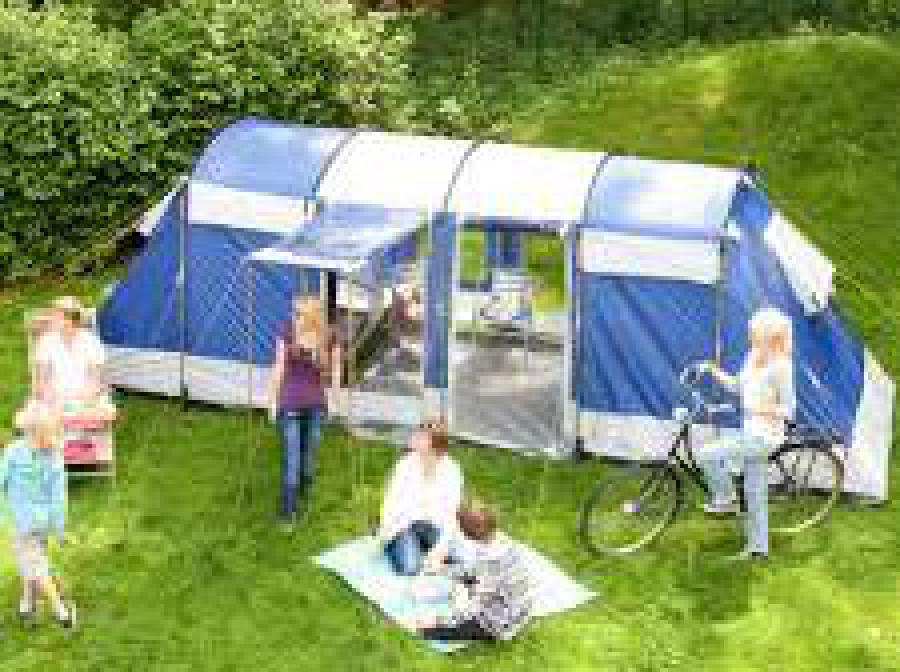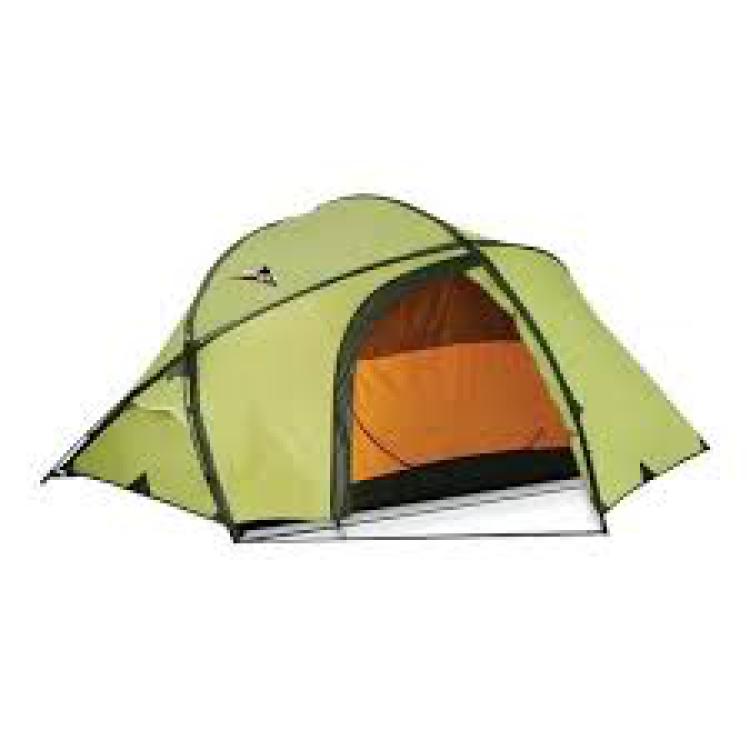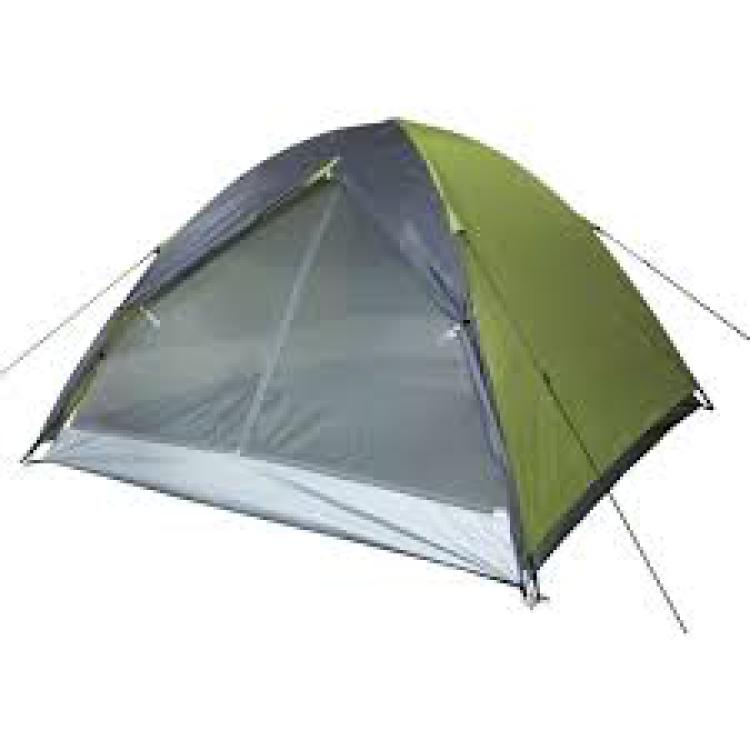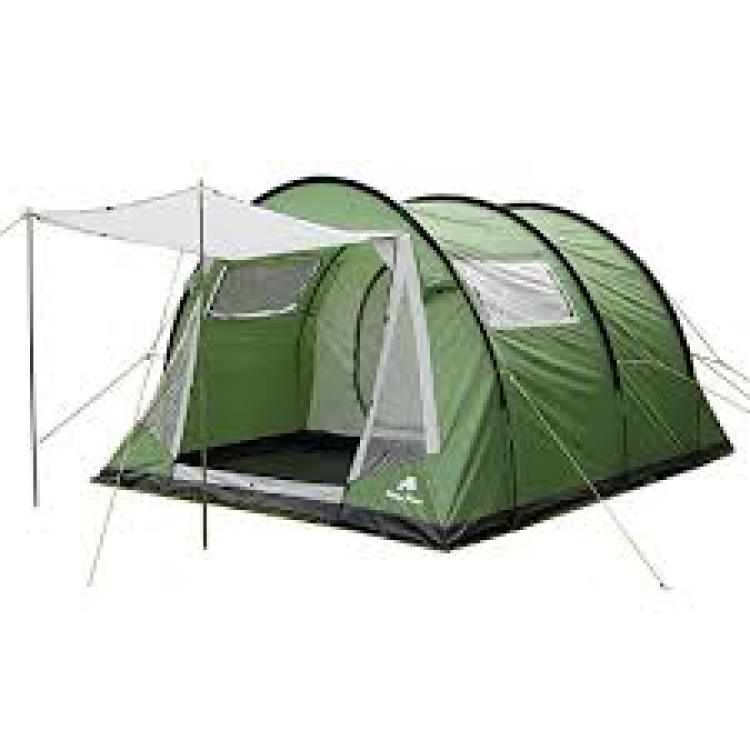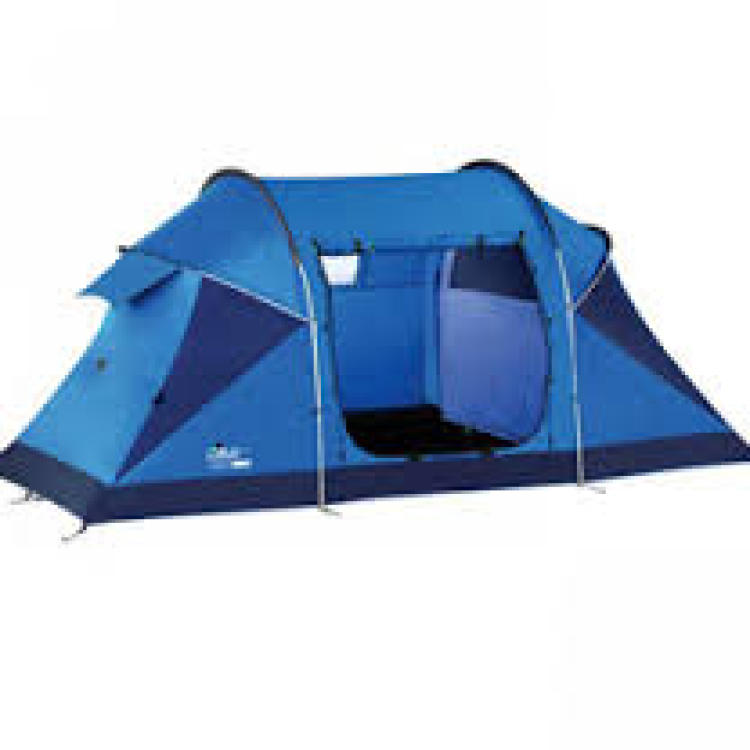When you take your new tent home we advise that you practice pitching it a few times in the garden to get used to how it all goes together. This is also a great opportunity to check your
inventory before your camping trip so that you still have time to stock up if needed.
PITCHING ADVICE
When selecting a site for your tent, make sure that the area is clear of stones and sharp objects. Face the doorway away from the prevailing wind and remember not to
pitch under any trees as this could result in tree sap or pieces of wood dropping on the tent.
ZIPS
Treat zips gently, never force them. When pegging out your tent keep all the zips closed and cross peg doorway zips to reduce stress on the teeth.
PEGGING
Drive the pegs into the ground at an angle, do not over tighten the tents guy ropes and peg them in line with the tent seams where possible.
CONDENSATION
This occurs in all tents constructed from synthetic materials, don't confuse condensation with leaking. As warm air rises inside your tent and meets cold air outside
condensation may drip from the tent. By avoiding cooking in the tent you can help reduce condensation to a minimum.
RAIN
Whenever possible, avoid contact with the tents material with your body or even equipment from within the tent itself. This causes water seepage through the material by
conduction. This is particularly evident in polycotton tents.
SUNLIGHT
Prolonged exposure to strong sunlight weakens the tents material. However under normal conditions there is no reason why the tent materials should not last many
years.
DON'T FORGET YOUR SAFETY - FIRE
Remember "Fire retardant" material will still burn but at a slower rate. Keep naked flames away from the tents material. Never light pressure stoves inside the
tent or fill stoves or change cartridges inside your tent.

LEAVING CAMP
Whenever possible pack up when your tent is dry. If this is not possible then use the first opportunity to erect your tent in the garden making sure to peg it out to
retain the shape and to stop the tent from shrinking (especially polycotton tents). If your tent is not completely dry you will encounter mildew and mould starting to set in.
MAINTENACE
Remove any dirt or stains by brushing or gentle washing with a mild soap solution. NEVER use detergents on tents. Rinse well and dry thoroughly before storing, if the
tent material starts to leak then reproof with Fabsil.
ACCESSORIES
Here at Peakland Oudoors, we have a large array of accessories for tents available to enhance your camping experience. The following is a guide to some of the
items you may need:- Carpets, tent footprints , seamsealent, Fabsil waterproofing and cleaner, replacement pegs, mallet, tent patch kit.
WEATHER
Ensure the tent is suited to the weather conditions you may be faced with, making sure all the tents guying points are used to maximise stability (Manufacturers warranty
does NOT cover against adverse weather effects). A canopy or extension is a good addition to keep wet items out of the main tent.
COLOURS
If you will be camping in more remote locations, choosing a brightly coloured tent can be helpful for rescuers if you ever get into trouble. If you'd rather blend in
with nature then a darker colour green or brown tent would be more fitting.
When camping at festivals or in large groups, you may wish to consider some of the more bright and distinctive design in our range of tents to make finding your way back to base that bit
easier.





